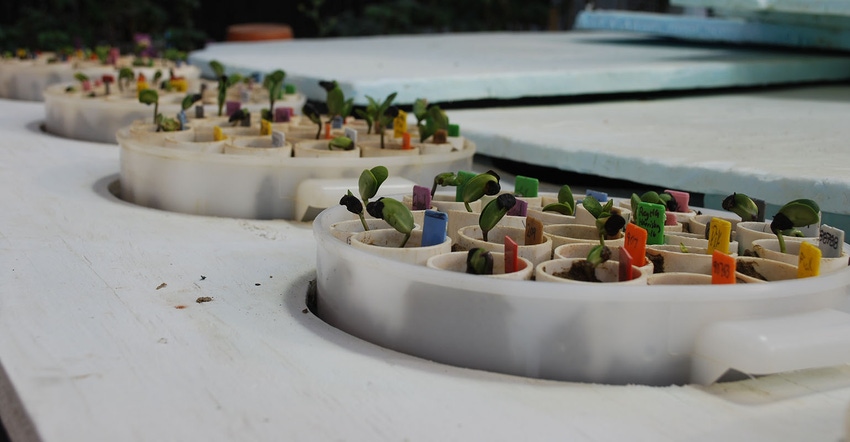November 11, 2020

Soybean cyst nematode is the No. 1 yield-grabbing pest of the soybean crop in North America, and the Soybean Cyst Nematode Coalition recommends soybean growers work with an expert to develop a plan to actively manage SCN.
Iowa State University Nematologist Greg Tylka says SCN is considered to be the most damaging pathogen, in part, because the most common source of resistance known as PI 88788 isn’t as effective as it once was. “SCN thrives in the soil and takes food away from the soybean plant,” he says. “It’s also widely distributed and continues to spread where soybeans are grown.”
In a new video series titled “Let’s Talk Todes,” Tylka explains why soybean growers need to consider the economic impacts of SCN.
In random surveys funded by the soybean checkoff, researchers found about 70% of the fields in Iowa and 80% of the fields in Illinois had SCN.
“Don’t be complacent. The nematode doesn’t actively spread itself; it’s spread by anything that moves soil,” he adds. “It’s spreading within states where it’s well established like Iowa and Illinois, and more recently moved into areas of the Upper Midwest like North Dakota.”
Any soil movement can move nematodes, Tylka added, be it wind-blown soil, soil moved by surface erosion, farm implements or tires.
"Even wildlife can spread it by eating grain after harvest and ingesting soil, flying off and then a day later out the other end comes soil with live soybean cyst nematode in it," Tylka said.
North Dakota State University Plant Pathologist Sam Markell encourages growers to test for SCN so its spread can be tracked.
“If we find it, we need to manage it, and we can learn from the situation in states like Iowa,” he said. “Growers will benefit by incorporating varieties with the Peking source of SCN resistance into their rotation. This can translate into yield benefits in areas where PI 88788 is not as effective, and rotation between these two sources of resistance can help keep the nematode from overcoming PI 88788 in new areas. Early detection, frequent monitoring and strategic management are keys to managing the No. 1 yield-grabbing pest of the soybean crop in North America.”
Tylka said farmers are leaving money in the field if they aren't actively managing SCN.
"An experiment conducted in southeast Iowa showed Peking out-yielded PI 88788 by an average of 21 bushels per acre," he said. "At $9 soybeans, that’s $200 per acre."
Source: The SCN Coalition, which is solely responsible for the information provided and is wholly owned by the source. Informa Business Media and all its subsidiaries are not responsible for any of the content contained in this information asset.
You May Also Like




